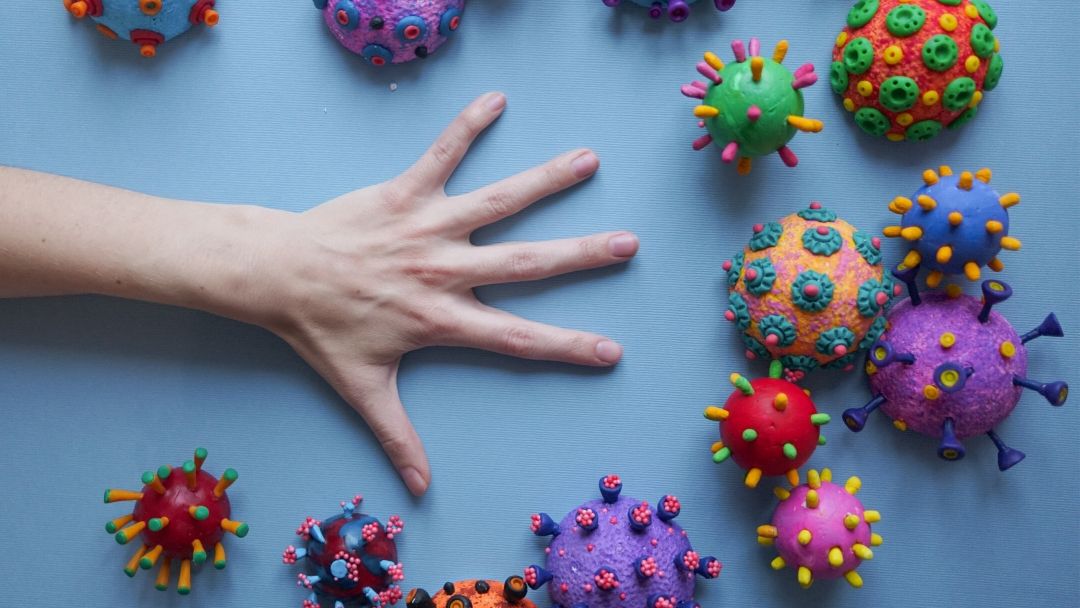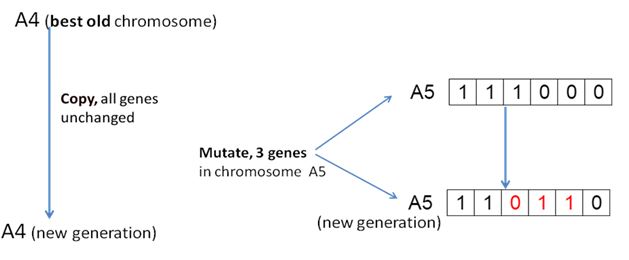AI
What CoViD-research can learn from IT architects & AI, and vice versa

Microcommunities (by WHO and ECDC) and Microservices (in SOA). Spread of Corona virus and Internet virus. Public safety and data security. Organizational learning and machine learning. An ever-growing list.
The devil is in the detail
That is, the Joker is the combination of cross-cutting issues and (unpredictable) behavior. So, dear EU and UN, your IT-architects already know a lot about it. Warning others for gaps and practical downsides of outdated or new mathematically-brilliant solutions is part of their job description.
Microcommunities
Based on their experience of Microservices, (and of its upsides, e.g. modularity, low external coupling, autonomy and thus parallel dev-deploy-upgrade), your architects would also ask you some unwanted questions, such as:
– Intercommunication (increased network footprint, delay, cost, risk of information bubbles)?
– Cost of reshuffling some responsibilities or roles across the whole (are e.g. Scandinavian airline crews, working temporarily in hospitals, supposed to switch their sets of private acquaintances back and forth, to fit into two different microcommunities)?
– Information integrity across (micro-)units, when e.g. 2-phase commit gets anti-pattern status?
– Backup-Availability-Consistency (BAC), field tests, fault tolerance (when e.g. grandma neither babysits nor receives help by grandchildren, how many more external contacts become necessary instead, and how much overload in the care system), and how much of the overall complexity from the whole becomes communication and operational overhead between (micro)units?
– Future behavior of new or upgraded microservices, or of people and viruses (immunity & physical distancing, versus mutations & spread)?
Spread: one of those vice-versas
Here, architects have a lot more to learn from bioscientists. A close kin (among others, I guess) was an interdisciplinary essay by Paul W. Ewald, probably the first one to view infectious diseases, and the fight attacker-victim, in a Darwinian perspective (Paperback, Oxford 1997). You might say, in AI-ish, that mother Nature is continuously upgrading the Fitness Function of a very complex Genetic Algorithm (where the standard evolutionary steps are Mutation and Crossover).
Restrictive measures against spread of virus drive these upgrades, from two directions, to favor mutations that spare their victim: first, highly infectious mutations lose their competitive advantage when pathways to potential victims are fewer and narrower, and second, high lethality is a disadvantage because it gives the attacker less time to breed (no living host = no more reproduction of virus).
These two mechanisms press the R (reproduction) ratio faster. R < 1 marks a break-even where each current victim infects fewer than 1 additional victim on average (by mid-May, reached by many EU countries).
Moreover, nature “brings to the party” its own flavor of back-propagation in AI-ish (roughly, “neural weights in NN shrink further because they’ve just shrunk”) : The decreasing R ratio makes infectivity and lethality ever-more useless for the virus, so that its new “kinder” mutations make, in turn, the R plunge even faster). Indeed, many flu waves gradually evolved into normal short infections with a rather modest impact on patients and society. Fine.
Is that to say we’re out of it? No. Behavior is the Joker. Now that some countries rush to open (too early!) large soccer arenas and similar mass events, the self-enhancing good circle of “back-prop” can still swap back into a self-enhancing vicious one. Remember what nature is continuously upgrading. No point trying to bargain with her Fitness Function and its unsupervised “ML”: widened pathways to new victims reward hostile mutations. One overhasty step, and we’re back where we came from…
When airlines resume flights from exotic continents, some already-sick patients might get superinfected by additional, imported, hostile mutation/s and strain/s (and if the patient is already on treatment, viral superinfections may even be resistant to the antiviral drug).
If these two, or more, compete within the same victim, the Fitness Function (environment condition) rewards the fastest-breeding strain that “seizes the opportunity” of reproduction before the competitors finally kill their common victim. (If the strains enter a symbiosis instead, it can make matters even worse: some of them might specialize in undermining the victim’s stamina, and others in fast undisturbed reproduction).
Most AI apps live in simpler, more predictable domains than biosciences and bioinformatics do. Consequently, core AI doesn’t have all that much to add here, unless some mechanisms can inspire biosciences in the future. Maybe, Elitist Selection (“preserving the best ones”) from Genetic Algorithms, as opposed to generative selection (the natural lengthy way: unrestricted creation of offspring, much of which “dies out” soon)…? I wish I still could ask my Californian uncle, who was closely involved in the “birth” of The Pill, six decades ago. Sadly, he passed away before year 2000, so I just pass the question to much younger bioscientists.
Here’s a simple sketch of the “core trick” of Elitism in the mutation step, with binary genes that make this step simpler (I use it in Informator course AI, Architecture, and Machine Learning ):

From public safety to data security
The parallels from viruses and superinfections to Internet threats and cybersecurity are astounding, although they might look a bit far-fetched.
1. In both realms, an attacker exploits gaps and neglectful behavior of potential victims.
2. AI & ML on both sides = leveling up the speed and cunning in cybersec. Likewise in pandemics, implacable natural selection and evolution is encountering both brain learning and machine learning. In this breathtaking CBS 10+ minutes video, governor Gavin C. Newsom and BlueDot founder Dr. Kamran Khan show how California (the world’s sixth largest economy in 2020), and some Canadian hospitals, “went AI” and won some precious time to prepare – for the pandemic that took by surprise the WHO, ECDC, and a zillion others with outdated tools that backfired on analytics and prognostics.
3. Swift response to threats is critical in both domains, too. Minutes and hours in pandemics prevention, and seconds or milliseconds in cybersec which is more and more ML against ML, rather than hours of upgrade-test-deploy by humans.
Last but not least, I emphasize that any similar parallels by no means belittle the everyday suffering of patients, nor the global fight against the infection. On the contrary. CORD-19 and other, smaller, interdisciplinary initiatives bring various realms of R&D closer together, to arrive at reliable results much sooner than before. Fingers crossed.
Stay safe!
Milan’s courses:
AI, Architecture, and Machine Learning
Agile Architechture Fundamentals
(on demand: Modular Product Line Architecture )
(on demand: Avancerad objektmodellering med UML ).
Nyckelord: AI, machine learning, arkitektur